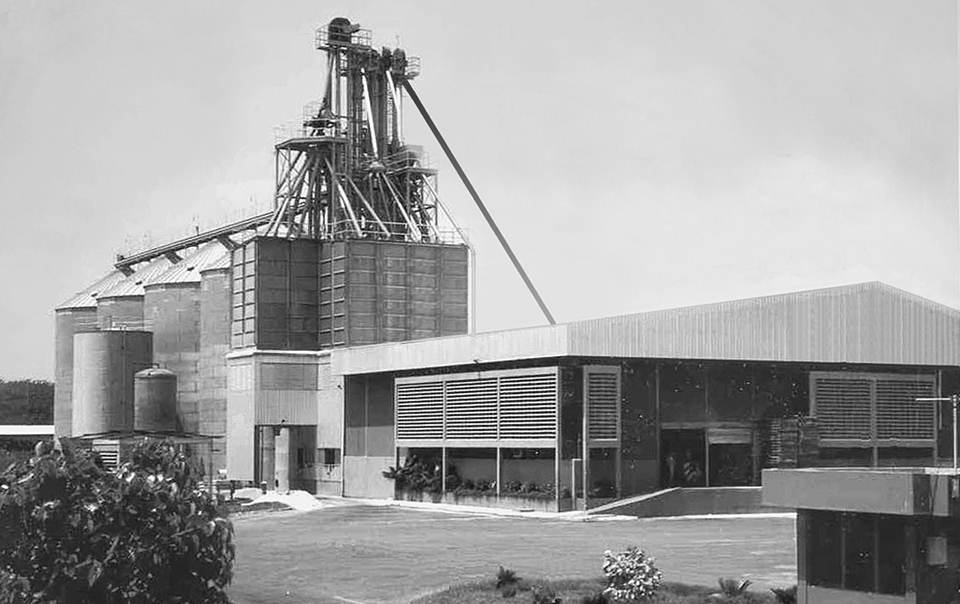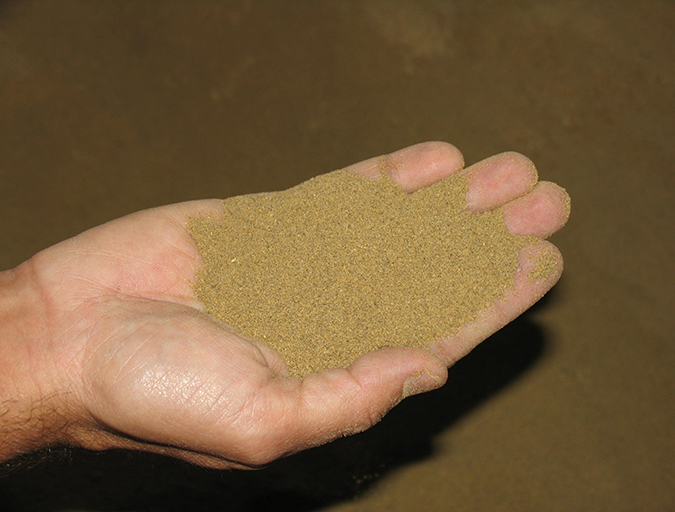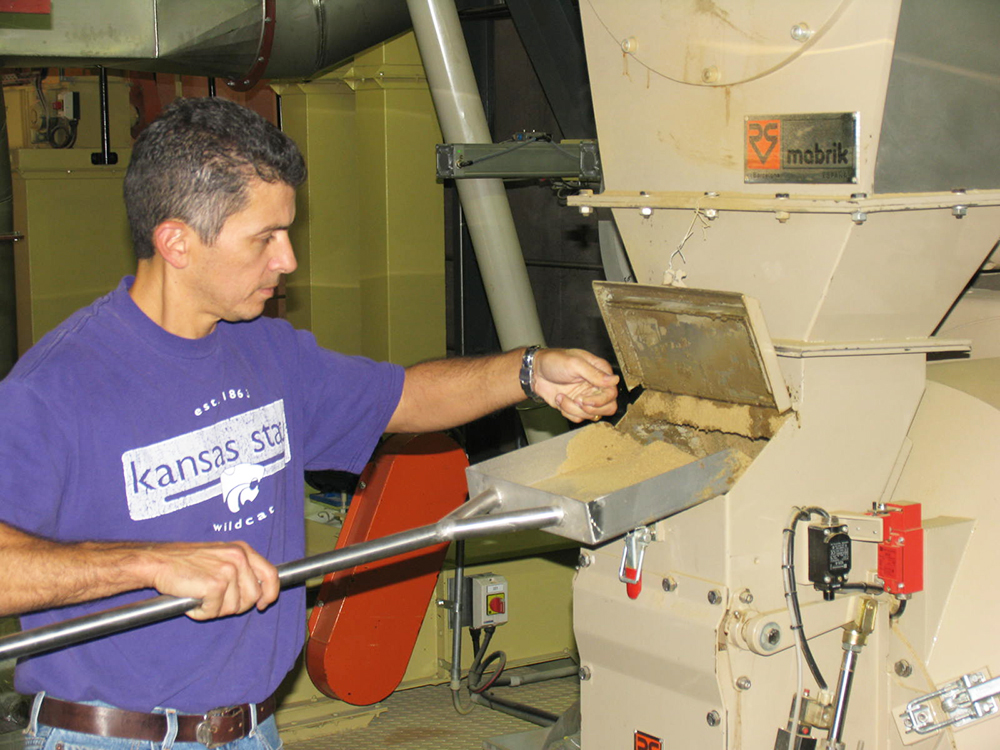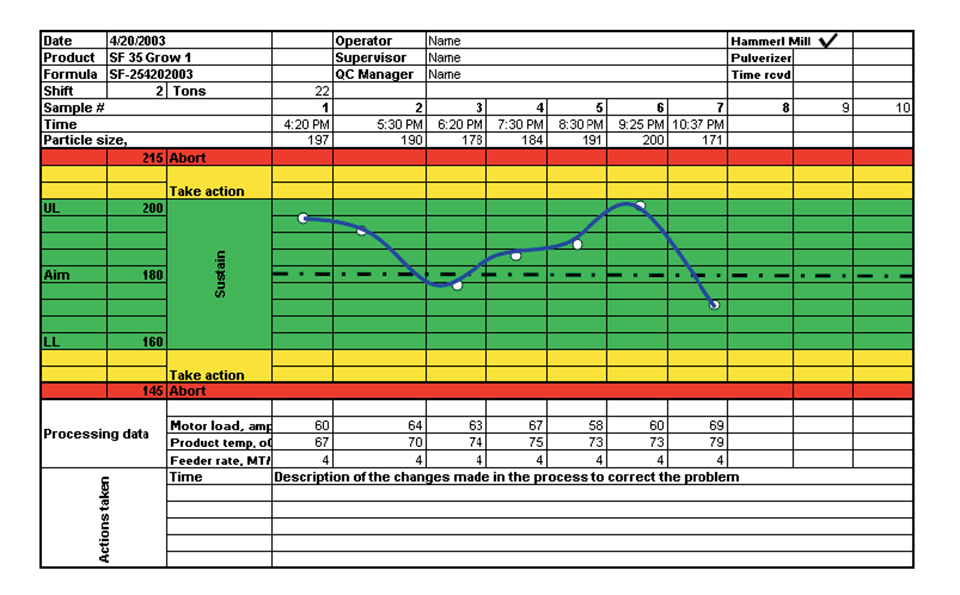Conduct a feasibility study, build a business plan

As shrimp farms expand and/or intensify their production strategies, many shrimp farmers have started looking for opportunities to cut costs, improve revenues, and improve their businesses. One option often considered is manufacturing shrimp feed on the farm to reduce costs, as feeds typically represent 40 to 60 percent of production costs.
Before shrimp farmers seriously consider the business of aquafeed production, they should ask themselves what knowledge is needed to be successful and what are the risks involved. To answer these and other questions requires long-range planning and analysis of the factors involved in the project, and as a first step, a feasibility study.
A common mistake made by shrimp farmers interested in further integrating their operations with a feed mill is the “paper napkin” type of calculation at a local club or restaurant, where simple mathematics (X tons feed per year at $X profit per ton = $X revenue) suggest a mill would be a great investment. Building a feed mill also requires careful consideration of the local economy, industry trends, sales and profits, capital requirements, and market trends.
Only after sufficient time for all factors to be analyzed and studied will an effective feasibility study provide the best information to help in the decision process. It can also identify other opportunities based on the market analysis, as well as risks or hurdles that can hinder future growth. Most importantly, a study can save substantial time and money by simply showing that a mill is not feasible.
Planning a study
Several important components must be evaluated when considering a feasibility study for an aquafeed mill. These include market information, competition, qualified personnel, preliminary design, site selection, and cost analysis.
Market information
Market information includes the number of farms in the region and their projected annual feed consumption for up to five years. Also, what types of feed are used – not just for shrimp but also for other aquaculture species – including pelleted, floating, and crumbles starter diets?
What types and costs of critical ingredients such as cereal grains, fishmeal, and soybean meal are available in the region? It is also important to estimate the expected expansion of existing farms within five years, development of new farms in the region, and current and projected feed consumption of your own project.
Competition
Knowing competitors is a critical step in the feasibility study usedto determine potential competitive advantages. Areas of information that must be researched and evaluated include an estimate of the competitors’ individual market shares, marketing strategies, feed sale prices, credit policies, services, personnel assets and research-and-development activities.
Qualified personnel
Several skilled positions must be properly staffed to assure effective mill operations, and success largely depends on recruiting well-trained personnel. These personnel should be selected very early in the process of developing the feed mill organizational chart.
Important estimates include the number of shifts or total hours the feed mill will need to operate to meet production/sales, and the production personnel (supervisors, equipment operators, maintenance mechanics) necessary per shift of operation. The total exempt and nonexempt number of employees will serve as the basis for estimating labor costs in the feasibility analysis.
Two critical personnel positions are the nutritionist and the production manager. The nutritionist must produce the right formulas for the right species. He or she will establish product mix and specifications, estimate formula costs and ingredient use, and identify storage requirements for ingredients and finished products.
Although feed formulas obtained from books and other sources are useful, it is better for shrimp farmers not to enter the aquafeed market relying strictly on them. Feed formulation is a dynamic process that requires the full attention of a qualified nutritionist for best results.
The feed production manager must know all aspects of aquafeed production and have a good understanding of quality control and safety. There are many experts in farm animal feed processing, but few really understand the intricasies of operating aquafeed mills and how critical several steps are for the production of good-quality, highly water-stable feeds.
Preliminary design
The preliminary feed mill design should identify any additional input from companies or consultants needed for the job. Many equipment suppliers offer preliminary design service, but, not many suppliers – or design engineering companies, for that matter – have the know-how for adequate aquafeed mill design. Feed mills intended for shrimp feed production are slightly different from other farm animal feed mills.
Estimates are needed for power consumption, gas demand for boilers and other equipment that uses steam, and water demand., When requesting a quote for equipment, it is important to ask for information on all power usage, as well as the total Btus per hour used for steam generation. This figure is determined by the amount of steam used in the mill preconditioner or for heating liquids.
Site selection
Potential locations for an aquafeed mill should be carefully evaluated based on the following:
- Lot size. Allow enough land for future expansions, increased storage needs, warehouse capacity, office space, and parking space for both cars and delivery trucks.
- Drainage and soil characteristics. Consider the water table before planning a basement, as well as drainage conditions, flooding area, and soil-bearing values.
- Utilities and access. Are electrical, gas, water, and sewer services available? Do railroads, access roads, airports, or ports provide adequate access?
- Permit requirements and environmental restrictions. Air quality, emissions, and other regulatory restrictions must be addressed.
- Labor. Exempt as well as nonexempt workers must be available.
- Ingredient availability. Check the locations of grain elevators, wheat or rice mills, and byproducts processing plants. Local ingredients can mean major cost savings, both in formulation and storage requirements.
Cost analysis
The feasibility study provides critical financial information and estimates of all costs involved in the operation. These include estimated annual costs and profits, break-even analyses, cash flow analyses, and return on investment.
Business plan preparation
The feasibility report will be a central part of your business plan. Its preparation requires expertise in such areas as financing, marketing, nutrition, feed engineering, and accounting. Since a suitable feasibility analysis is a valuable investment that will help farmers make good decisions, the right outside help from consultants should be selected.
Building an aquafeed mill requires careful consideration of the local economy, industry trends, sales and profits, capital requirements, and market trends. An effective feasibility study requires sufficient time for all factors to be analyzed and studied. The results of the study will be instrumental in the decision to proceed with a mill project.
(Editor’s Note: This article was originally published in the April 2003 print edition of the Global Aquaculture Advocate.)
Now that you've reached the end of the article ...
… please consider supporting GSA’s mission to advance responsible seafood practices through education, advocacy and third-party assurances. The Advocate aims to document the evolution of responsible seafood practices and share the expansive knowledge of our vast network of contributors.
By becoming a Global Seafood Alliance member, you’re ensuring that all of the pre-competitive work we do through member benefits, resources and events can continue. Individual membership costs just $50 a year.
Not a GSA member? Join us.
Author
-

Eugenio J. Bortone, Ph.D., PAS
5416 Lafayette Lane
Frisco, Texas 75035 USA[109,111,99,46,108,111,97,64,101,110,111,116,114,111,98,114,100]
Tagged With
Related Posts

Aquafeeds
A look at the SME controlled extrusion process
A study was conducted using a Twin-Screw Extruder equipped with Specific Mechanical Energy (SME) and Density Control valves, to determine the effect of SME on the water stability of shrimp feeds. Further research is needed to evaluate the performance.

Aquafeeds
Considerations for alternative ingredients in aquafeeds
A key to expanding aquaculture is finding alternative sources of proteins and oils. Supplementing or replacing fish oil in aquaculture feeds with alternative lipid sources – oils seeds, microalgae, insects and others – appears possible as long as essential fatty acid (EFA) requirements are satisfied.

Aquafeeds
Best practices for optimum shrimp feeds
Producing a consistent shrimp feed pellet requires that all ingredients are processed properly and monitored through proper in-line quality assurance.

Aquafeeds
Inline quality assurance, part 1
However, starting with high-quality ingredients does not ensure high-quality feed unless strict guidelines are implemented in all processing cost centers.

